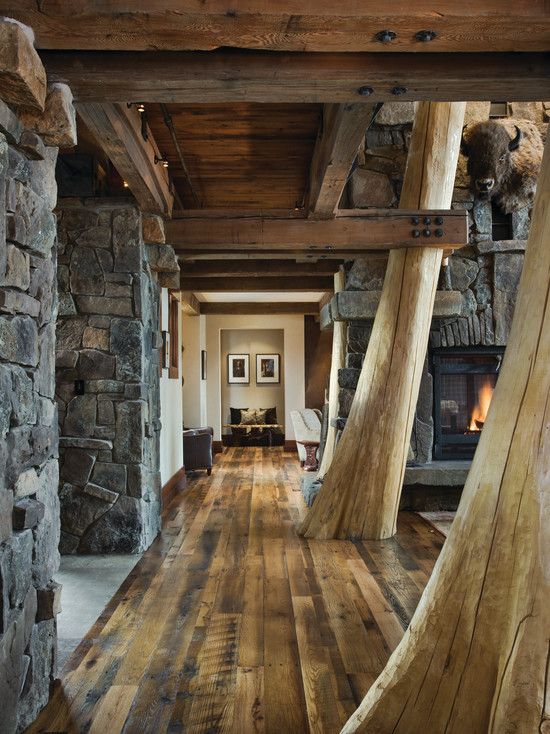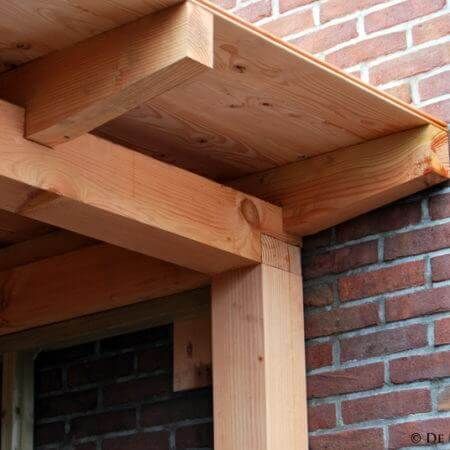We build shelters to retreat from the elements. A roof overhead, four walls enclosing – these are primal responses to weather and wilderness. Yet, nestled within the cultivated realm of the garden, there exists a structure that defies this simple imperative of pure protection. The wooden pergola, particularly when crafted with intention and artistry, transcends its basic function of providing shade. At its finest, it ceases to be merely a utilitarian object and ascends to become something far more profound: a sculpture for living.
To call it merely a framework for vines, a support for fabric, or a provider of filtered light is to miss its deeper essence. While it performs these duties admirably, the finest pergolas engage the senses, shape space, and interact dynamically with time and nature in a way that static architecture often cannot. It is a three-dimensional canvas where wood, light, shadow, and life converge, creating an environment sculpted not just for occupancy, but for experience.

The Sculptural Form: Lines, Rhythm, and Presence
Consider first its form. Unlike a solid gazebo or a sheer umbrella, the pergola relies on openness. Its power lies in suggestion rather than imposition. The sculptor in the designer or craftsman reveals itself in the careful arrangement of vertical posts and horizontal beams. The rhythm established – the spacing between posts, the depth and projection of the rafters, the height at which the structure meets the sky – creates a visual cadence. A tightly spaced colonnade evokes a cloistered, intimate feel; widely spaced timbers suggest airiness and expansive views. Curved beams introduce lyrical grace, defying the inherent rigidity of wood, while sharp angles and interlocking joints speak of precision and strength.
The wood itself is the primary medium. Each species – the warm, honeyed glow of cedar; the rich, enduring russet of redwood; the robust character of oak – brings its own palette and texture. The grain becomes a natural carving, a unique fingerprint amplified by skilled joinery. Mortise and tenon, dovetail, or elegant scarf joints aren’t just structural necessities; they are visible expressions of craft, adding detail and complexity to the overall form. The choice of finish – whether left to weather into a silvery patina, oiled to deepen its natural hues, or stained for a specific harmony – is the sculptor’s final touch, enhancing the material’s inherent beauty and its dialogue with the surrounding landscape. The pergola doesn’t just occupy space; it defines it, sculpting volumes of light and shadow beneath its frame.

The Sculpture of Light and Shadow: An Ever-Changing Installation
A static stone or metal sculpture captures a moment. The wooden pergola, however, hosts a perpetually evolving installation of light and shadow. This is its most magical, sculptural quality. The open lattice of beams and rafters acts as a complex aperture. Sunlight, filtered through this wooden grid, is transformed. It paints dappled patterns on the floor – shifting mosaics that crawl across stone, wood, or grass as the day progresses. Morning light casts long, dramatic stripes; the high noon sun creates intricate, staccato patterns; the low, golden rays of evening stretch the shadows into elongated, poetic forms.
This interplay is never static. It changes with the hour, the season, and the weather. On a bright, clear day, the shadows are sharp and defined, a crisp negative image of the structure above. On overcast days, the light diffuses, softening the contrasts into a gentle, luminous haze. When vines climb the structure – wisteria, clematis, grape – they add another layer. Their leaves become living filters, fracturing the light further, casting shapes that shift with the breeze. The pergola, therefore, isn’t just a passive object; it is an active participant in a daily, luminous performance. It sculpts light itself, turning sunlight into a tangible, moving element within the space it creates.

A Sculpture for Living: Shaping Experience and Connection
The true genius of the pergola as sculpture lies in its invitation to inhabit it. It is not art to be viewed from a distance behind velvet ropes; it is art designed for immersion, for living within its frame. It sculpts an experience.
- Threshold and Sanctuary: It creates a distinct sense of place – a threshold between the fully open garden and the enclosed house. Beneath its beams, one is neither fully indoors nor entirely outdoors, but suspended in a privileged in-between. This space becomes a sanctuary for contemplation, conversation, or simple presence. The structure overhead provides a comforting sense of shelter without isolation, framing the sky and garden views like a living painting.
- Social Sculpture: It shapes social interaction. The defined space naturally draws people together, fostering intimacy for a meal, encouraging relaxed conversation, or providing a stage for quiet companionship. Its open sides maintain connection to the wider garden, avoiding the claustrophobia a solid structure might impose.
- Dialogue with Nature: Unlike a sterile patio slab, the pergola invites nature in. Vines embrace its structure, birds perch on its beams, breezes flow through unimpeded. It doesn’t dominate the garden; it collaborates with it. The wood ages gracefully, weathering and silvering, telling the story of seasons passed. Its form becomes a scaffold for life, blurring the lines between the built and the grown.
- Sensory Engagement: It engages multiple senses: the visual dance of light, the tactile warmth of wood grain under hand, the rustle of leaves overhead, the scent of blooming climbers or the cedar itself after rain. It creates a multi-sensory environment sculpted for feeling as much as seeing.

Enduring Form, Evolving Patina
A truly fine wooden pergola possesses a quiet dignity and longevity. While it requires thoughtful maintenance, its materials are inherently durable and, crucially, they age with character. The weathering of the wood – the silvery sheen of cedar, the deepening tones of redwood – adds layers of history and beauty. This evolution is part of its sculptural narrative. It doesn’t seek to remain pristine and untouched by time; instead, it embraces the patina of years, becoming richer, more integrated into its environment. Its strength and enduring form provide a reassuring counterpoint to the ephemeral blooms and seasonal shifts of the garden it inhabits.
The wooden pergola, therefore, is far more than engineered shade. At its most refined, it is a testament to the power of thoughtful design and the beauty of natural materials. It is a carefully composed arrangement of timber, creating rhythm and presence. It is a masterful manipulator of light and shadow, crafting an ever-changing visual poem. Most importantly, it is a sculpture purpose-built for human experience – a framework that shapes moments of connection, solitude, celebration, and quiet reflection. It is a space sculpted not just from wood, but for life, inviting us to step into the art and truly live within its graceful, enduring embrace. It stands as proof that the most profound structures are those that shelter not just our bodies, but also our spirits, transforming a simple garden feature into a resonant sculpture for living.


